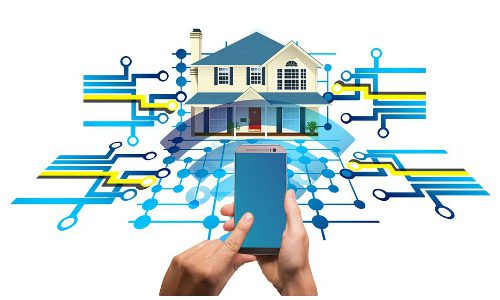The entire world entered a state of flux earlier this year, as a result of the unforeseen COVID-19 pandemic, and the smart home industry was not exempt from its impact.
While there are numerous challenges that stemmed from the pandemic, from supply chain delays to retail closures, social distancing requirements to economic impact, there are still countless opportunities for industry growth. These opportunities are providing manufacturers, integrators, retailers, and others with the ability to contribute to building a better smart home experience for consumers and end-users.
In 2020, smart home technology has reached a point of maturity; adoption and consumer education have begun to see consistent growth, particularly with mainstream and new-to-technology consumers. And with so much more time being spent at home, homeowners are seeking technology that can add convenience and comfort to their lives during these challenging times.
In our recently-released 2020 Z-Wave State of the Ecosystem Report, we examine smart home and connected technology – from both within and outside of the home – and explore the smart home landscape as it exists today, including current and future trends, data compiled, and new opportunities with an emphasis on the role Z-Wave technology plays in the advancement of the industry.
When developing the report, we asked industry experts across a wide range of verticals for their insight into the greatest opportunities facing the smart home market in 2020 and beyond.
Here are some of the areas they focused on:
#1: Wellness Products and Lifestyle
Amid the COVID-19 pandemic, right now is a critical time for manufacturers to deliver advanced technology that can promote healthy living and well-being in the home.
Wellness technology is something that customers will undoubtedly begin expecting in their smart home technology purchases in order to keep themselves and their families safe, so now is the time to take this category seriously.
#2: Environmental Impact
One of the biggest opportunities for the growing smart home market is the potential for environmental impact. Smart devices and automated homes can help with energy management and cost savings for the home, which can be a great value proposition to homeowners looking for ways to get the most of their technology. Something as simple as a sensor can ensure that lights and temperature control, for example, are only being used when they are needed, eliminating energy waste and costly expenses.
We’ve already seen this energy management trend take hold on a larger scale in the European market. In those countries, leading utility companies have begun offering incentive programs and installing controls for HVAC, lighting, heating, as well as smart meters.
#3: Change in Consumer Expectations and Interest
Consumers are beginning to expect that the products available to them are going to simply be “smart.” Already there are white-good manufacturers whose flagship kitchen products all come connected as the standard, and that is expected to evolve into other areas of the home including tools, storage, bathrooms, decorations, and more.
Homeowners will not only demand smart products for automation and the like, but for self-diagnosis, self-cleaning, and so on. Consumer interest will also shift to technology that makes it easier for them to connect with others, as we face extended time working and learning from our homes – we’ll likely see substantial growth in the smart entertainment category for 2020 and beyond.
It is also likely that the term “smart home” will die out eventually as people just assume and expect pretty much everything in their homes to be connected and smart.
#4: The Continued Need for a Robust Home Network
The need for a robust home network with reliable, even coverage throughout (and even beyond) a home or building is more important now than ever before, as the number of devices per home increase and offer advanced capabilities. Users need to know that they can rely on their network infrastructure to operate at its very best and if it doesn’t, they want to ensure they have a trusted professional who can fix it quickly, especially while they work, learn, and socialize from home. As a result of the COVID-19 crisis, dealers will have the opportunity to build even stronger foundations for networked devices.
While the future remains undefined, knowing that opportunities are still expected to arise within our industry amidst this year’s unparalleled events helps us plan and shift business strategies for an uncertain future.
Read more insight and industry takeaways in our full report, available for free download here.
Mitch Klein is the executive director at Z-Wave Alliance.







